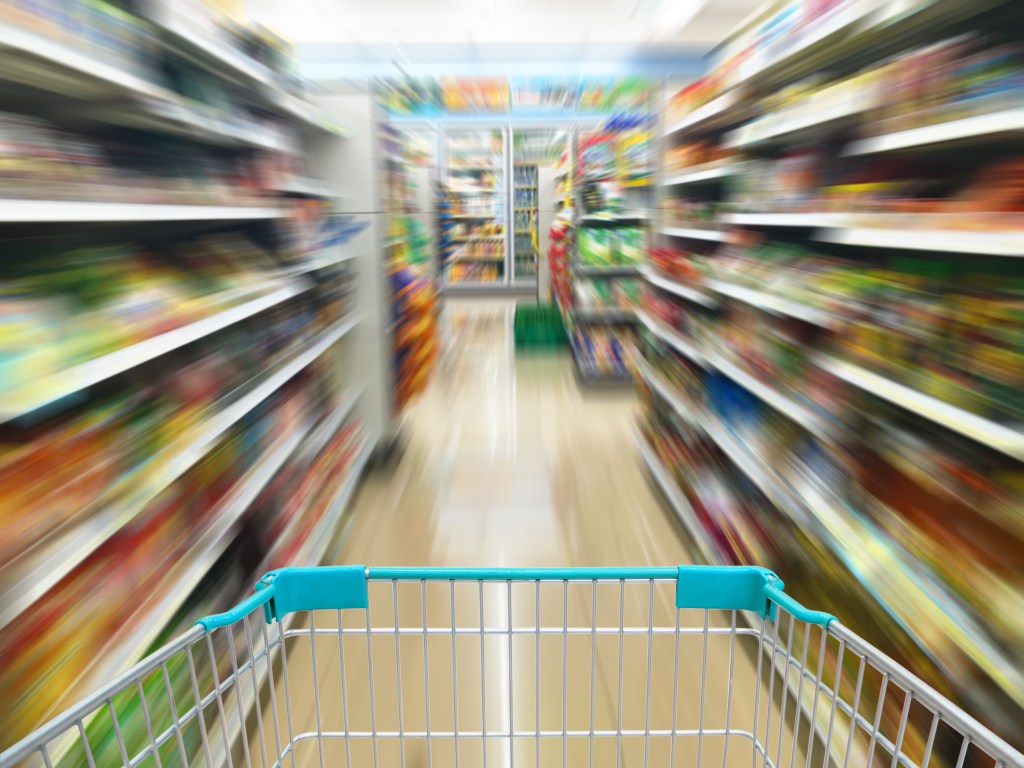
Shoppers spend less time when hunting for a meal in a convenience store than they do in a grocery store, UK research has found.
Across the grocery channels, a shop took on average 46 minutes (including travel time) where as a convenience store shop took only 25 minutes.
IGD found that the convenience store shopping trend was being led by post-millennials where over 54% said they would go to their local convenience store even if it was more expensive.
Formulated data from by research company IGD ShopperVista collected information from more than 1,800 shopping trips, finding that consumers spend an average of 16.7 hours grocery shopping each month.
McColl’s chief executive Jonathan Miller said consumers are always looking for ways to save time.
“As convenience stores have upped their game when it comes to product quality and customer experience, shoppers have turned to them to avoid long travel time and queues in store,” he said.
IGD chief economist James Walton said convenience is a large and growing market.
“Our research underlines the fact that convenience ranges have changed rapidly in recent years and the sector can now meet more shopper needs than ever before,” he said.
“As our lifestyles change, we see that customers place an increasing importance on the value of time, and convenience retailers undeniably have a key told to play in this area.”
In Australia, the convenience industry doesn’t hold quite the same numbers of the UK food market but it is still growing.
According to the Australasian Association of Convenience Stores (AACS) 2016 State of the Industry Report, the convenience industry grew 4.5% in 2016 and is currently worth $8.3 billon.
Growth in the convenience sector has statistically outstripped packaged grocery for the fifth year running, with a massive 4.5 per cent increase in overall sales value in 2016.
AACS CEO Jeff Rogut said the strong results are a testament to the industry’s focus on innovation.
“The short and long-term outlook for the convenience industry in Australia is undeniably positive and the 2016 results underline the value proposition of convenience stores in the Australian retail landscape,” he said.
“Ensuring a customer-first approach that optimises the performance of stand-out categories such as food, coffee and beverages will underpin a bright future for the convenience channel.”
Food showed outstanding growth, accounting for 44% of convenience sales by unit in 2016, with still more impressive value growth of 59%.

